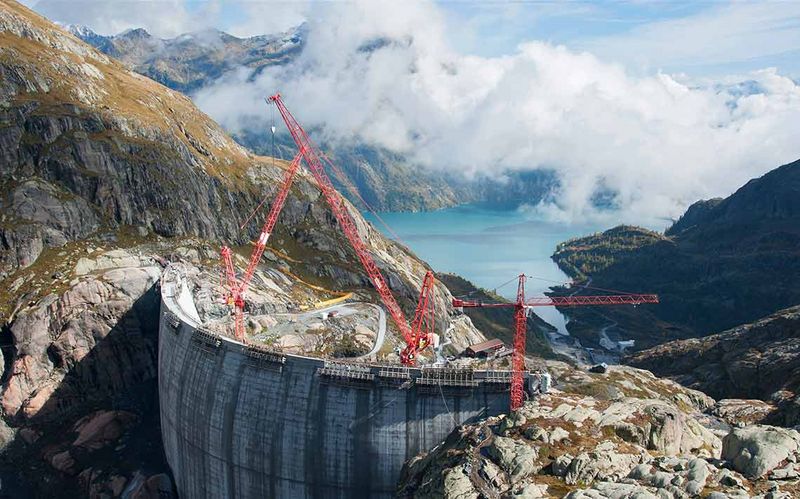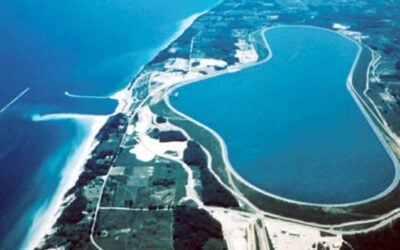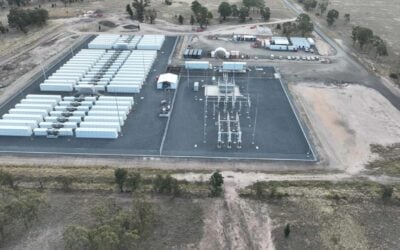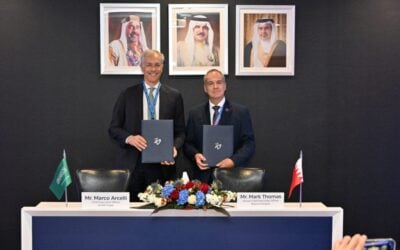
A pumped hydro energy storage (PHES) plant with a capacity of 20GWh in Valais, Switzerland will begin operations on Friday 1 July.
The launch of the Nant de Drance plant, which sits 600m below ground in a cavern between the Emosson and Vieux Emosson reservoirs, marks the conclusion of 14 years of construction. It will be officially inaugurated in September and its shareholders have invested CHF2.2 billion (US$2.3 billion) in the project.
It features six turbines with a nameplate capacity of 150MW each meaning a maximum power of 900MW. The upper Vieux Emosson reservoir, which sits at an altitude of 2,200m, holds 25 million cubic meters of water which represents an energy storage capacity of 20GWh. That means a maximum duration of dispatch of 20 hours.
Utility Alpiq, the main shareholder in the project with a 39% stake, says the plant will play a crucial role in stabilising the electricity grid as more renewables come online. Swiss national railway company SFR is the next biggest with 36%, followed by utilities Industrielle Werke Basel (IWB) with 15% and Canton-owned FMV with 10% of a total share capital of CHF350 million.
Try Premium for just $1
- Full premium access for the first month at only $1
- Converts to an annual rate after 30 days unless cancelled
- Cancel anytime during the trial period
Premium Benefits
- Expert industry analysis and interviews
- Digital access to PV Tech Power journal
- Exclusive event discounts
Or get the full Premium subscription right away
Or continue reading this article for free
The development involved 60 companies and at the peak of construction, 650 workers on-site. The power house cavern measures 194m long, 52m high and 32m wide and required the excavation of 400,000 cubed meters of rock and the drilling of 17km of tunnels. The Vieux Emosson dam, pictured, was raised by 21.5m which doubled the capacity of the reservoir.
Utility Alpiq said the plant has a ‘yield’ or ‘energy efficiency’ (rendement énergétique) of over 80% which it said was one of the highest for a PHES plant, presumably referring to round-trip efficiency. For comparison, a 250MW plant in Dubai, which recently approached the halfway point of construction, is slated to have a round-trip efficiency of 78.9%.
Some CHF22 million was spent on 14 projects to offset the environmental impact of the plant, mainly to recreate specific biotopes locally to encourage recolonisation of the area by displaced animals and plants.
PHES makes up the vast majority of operational energy storage capacity today, but newly operational facilities have been few and far between in recent years due the time taken for projects.





